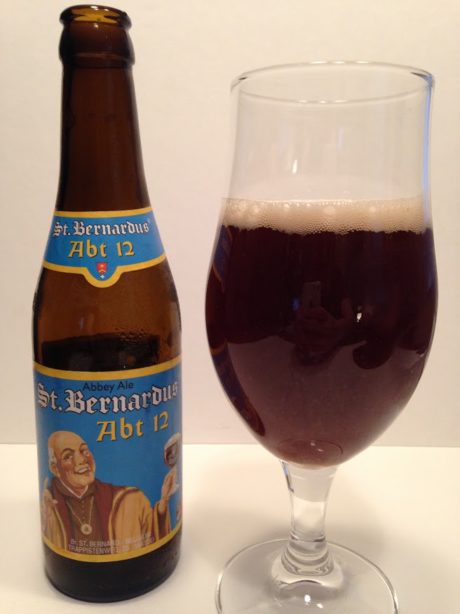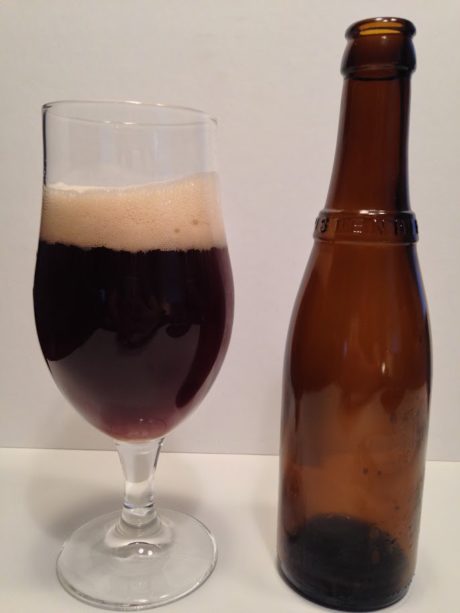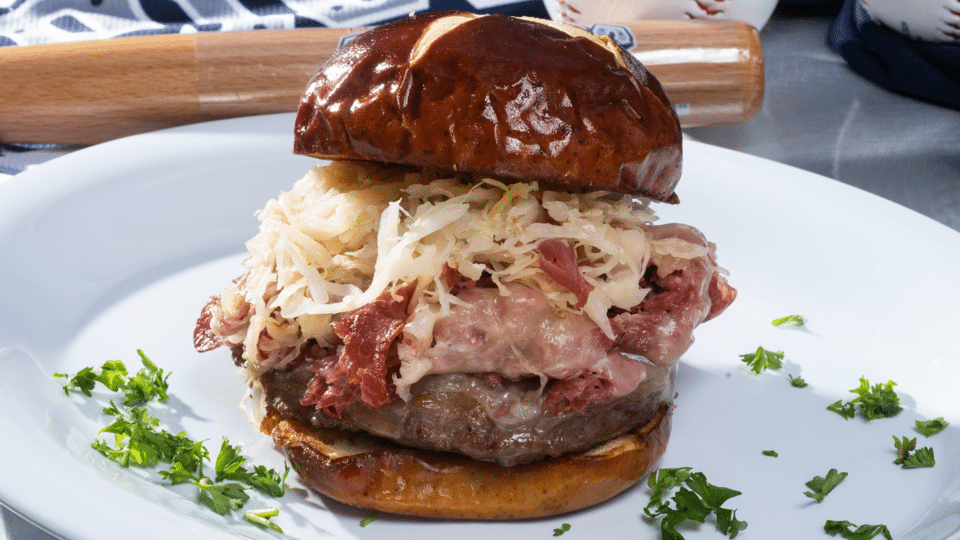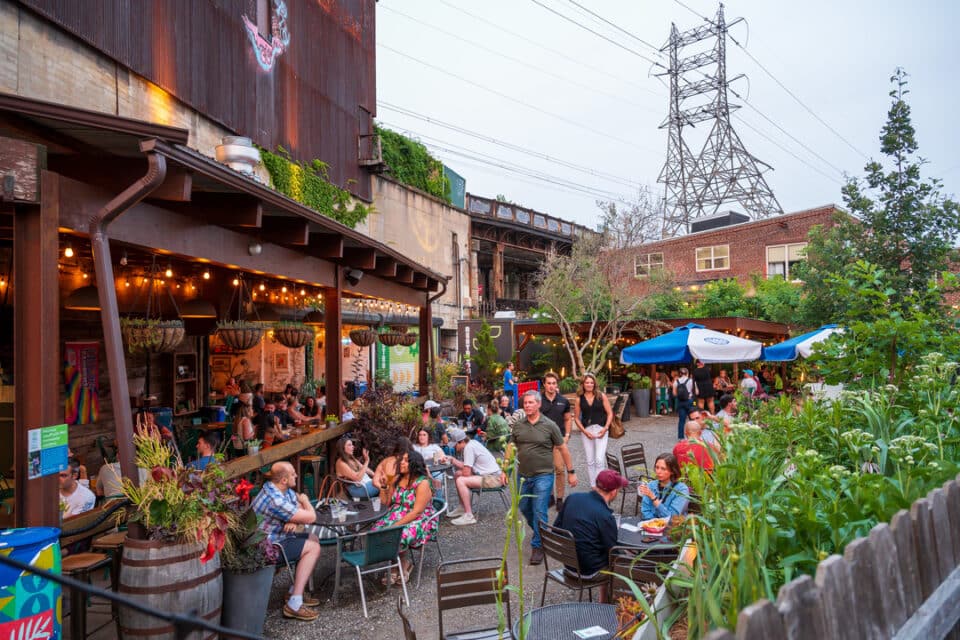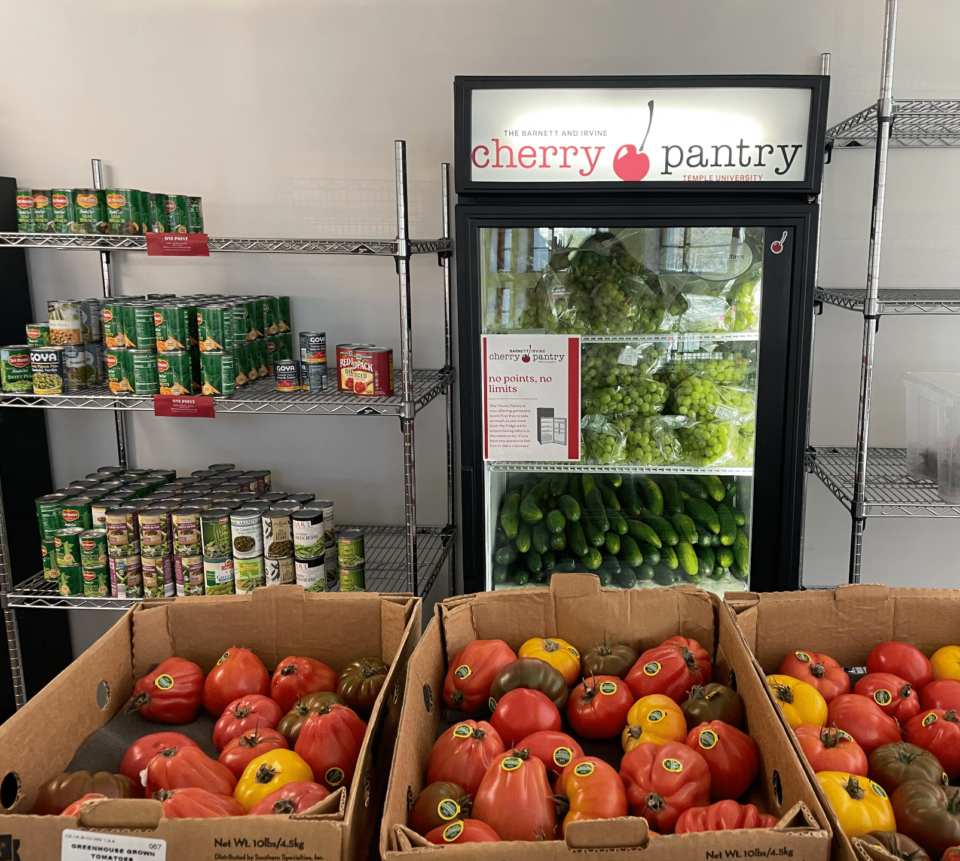I recently had the pleasure of obtaining a bottle of Westvleteren 12 Belgian Trappist quadrupel. Throughout my time nerding out in the local beer scene, I had never come across this rare and highly sought-after brew. I’ve heard plenty about how amazing the beer is and, of course, how rare it is, but never got the chance to try it for myself.
But just sampling a Westy would not suffice; I wanted to try a blind taste-test comparing it to the easily obtainable St. Bernardus 12. You might be wondering why I would compare such a legendary beer to such a common one. If you follow the big beer-rating sites, you might not even be familiar with St. Bernardus 12. Westvleteren 12 ranks #1 out of every beer in the world, according to RateBeer.com, and BeerAdvocate.com ranks it at #12 overall. Meanwhile, the often overlooked St. Bernardus 12 ranks #110 according to BeerAdvocate.com and doesn’t even place on RateBeer.com’s Top 50 list. So, why am I comparing these two beers to one another? The answer lies in the history that these two beers share.
The History
Westvleteren Brewery was founded in 1838 by the Trappist monks at the Abbey of Saint Sixtus in Vleteren Belgium. The monks brewed beer for themselves and visitors up until 1931, when they decided to start selling their brew to the general public. In 1945, Westvleteren outsourced the bulk of its production to a cheese factory in Watou, Belgium. Westvleteren continued producing small amounts for the monks as well as local sales, while the newly founded St. Bernardus Brewery in Watou handled commercial production and distribution. This is where the story gets very interesting. Westvleteren’s head brewer, Mathieu Szafranski, became a partner of St. Bernardus and brought along with him the knowledge, recipe and yeast strain from Westvleteren. St. Bernardus Brewery continued to produce Westvleteren’s beers up until 1992. This is when the Trappist monasteries decided to change the definition of Trappist beer to only include beers brewed within a Trappist Abbey. After the contract was ended with Westvleteren, St. Bernardus continued to produce the same beers under their own name and branding, while Westvleteren Brewery continued to produce Westvleteren 12 for limited production.
So essentially, the St. Bernardus 12 that costs $5 or so at your local beer shop is the same recipe as the Westvleteren 12 that you need to travel to Belgium or pay an exorbitant amount to get. You may be wondering why these beers are ranked and talked about so differently when they are essentially the same. Having the same recipe doesn’t mean they are exactly the same. Even though St. Bernardus received the same yeast strain from Westvleteren in 1945, that does not mean they both taste and smell the same now. Yeast is a colony of living organisms that changes over time. Chances are that both strains of the yeast have not changed in the same way and should have some differences by now. There will also be differences in the water used, the farms sourced for ingredients and the techniques and equipment used. But, are the differences so large that one of these beers is worthy of the “best beer in the world” title while the other is widely ignored?
The Taste Test
To assist me in this blind tasting I enlisted my beer-geek brother, Tofer. First we poured each brew into a tulip glass. Each one was a dark mahogany brown with a slightly cloudy appearance. The Westvleteren 12 had slightly more head, but all in all they appeared similar.
St. Bernardus 12: We started with the St. Bernardus 12. The aroma of this beer is heavy in dates and cherries while also containing notes of caramel, figs, Belgian yeast esters and orange peel. When sipping this brew we both tasted flavors of dark fruit, dates, licorice, Belgian yeast esters and a hint of cocoa to go with a moderate hoppiness.
Westvleteren 12: Next we tried the elusive and legendary Westvleteren 12. This beer contained similar aromas of caramel, figs and dates, but had a stronger presence of the Belgian yeast esters. Tasting this brew revealed flavors of licorice, plum, dark fruit and melon with more earthy and peppery flavors present.
The Verdict
After enjoying both beers side-by-side, Tofer and I decided we liked them both, though we both prefered the St. Bernardus 12. We are both fans of big malt flavor and the St. Bernardus was a tad bit sweeter with more malty dark-fruit flavors. I know some of my readers would probably prefer the slightly smoother and earthier Westvleteren 12, which has more of its flavor profile influenced by the Belgian yeast.
I think these beers are very very similar in aroma and flavor. The biggest difference doesn’t lie in the aroma or flavor, though; it lies in the massive difference in price and availability. After paying almost four-to-five times more for the Westvleteren 12 and having to travel a decent distance to find it, it is painfully obvious to me that St. Bernardus is all around the better purchase. Sadly, the mystique surrounding Westvleteren 12 seems to have more to do with its unicorn-like rarity and high price tag. It is definitely not a bad beer, just a bit overrated. So if you never get the chance to buy a Westvleteren 12, don’t feel bad; its delicious little brother St. Bernardus 12 is available at most bottle shops for a modest price.
- Photos: Arne Morin
